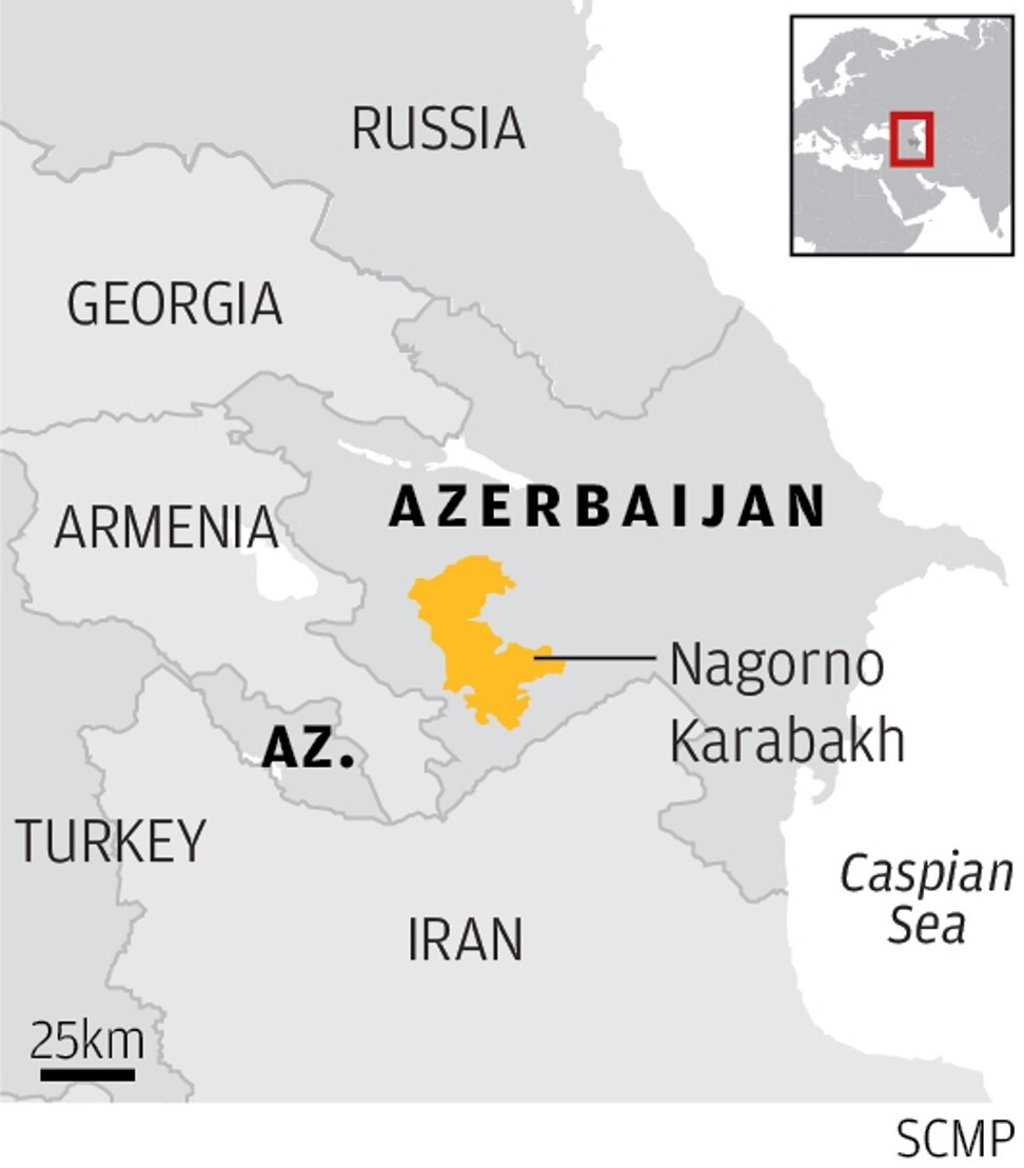Opinion | In Nagorno-Karabakh, drones rain death but won’t bring quick end to war
- As both Armenia and Azerbaijan double down on their brutality in the conflict, the Azeris have introduced a dangerous new element
- The drones, supplied by Turkey and Israel, have allowed Baku to increase its power-projection capability, removing limits to its aggression

The Nagorno-Karabakh conflict is different. Azerbaijan has deployed Turkish military drones and Israeli loitering munitions (otherwise known as suicide drones) at medium range – in other words, in the middle of a fight, as conventional air power – inducing fear in the opposing camp, but paradoxically rallying defenders to the cause.
In this regard, drones represent a dangerous new trend – a small state that acquires them in numbers and deploys them as a sort of expanded air force can significantly increase its power-projection capability. This removes some limits to its aggression.
As has happened with cyberweapons, drones have ended the monopoly of rich nations in visiting violence on their foes. For countries such as Azerbaijan, which only has a few fighter jets, inexpensive drones have dangerously altered the perception that their military capabilities are limited, leading to greater aggression.
The promise of warfare without risk increases the chances of conflict escalation. In fact, Azeri drones breaching Armenian airspace could have ignited the first Unmanned Aerial Vehicle (UAV)-induced casus belli. Baku’s use of a “drone air force” has also dramatically changed the equation: It has tilted a marginal military power imbalance into a possibly decisive one, putting Yerevan on its heels.

